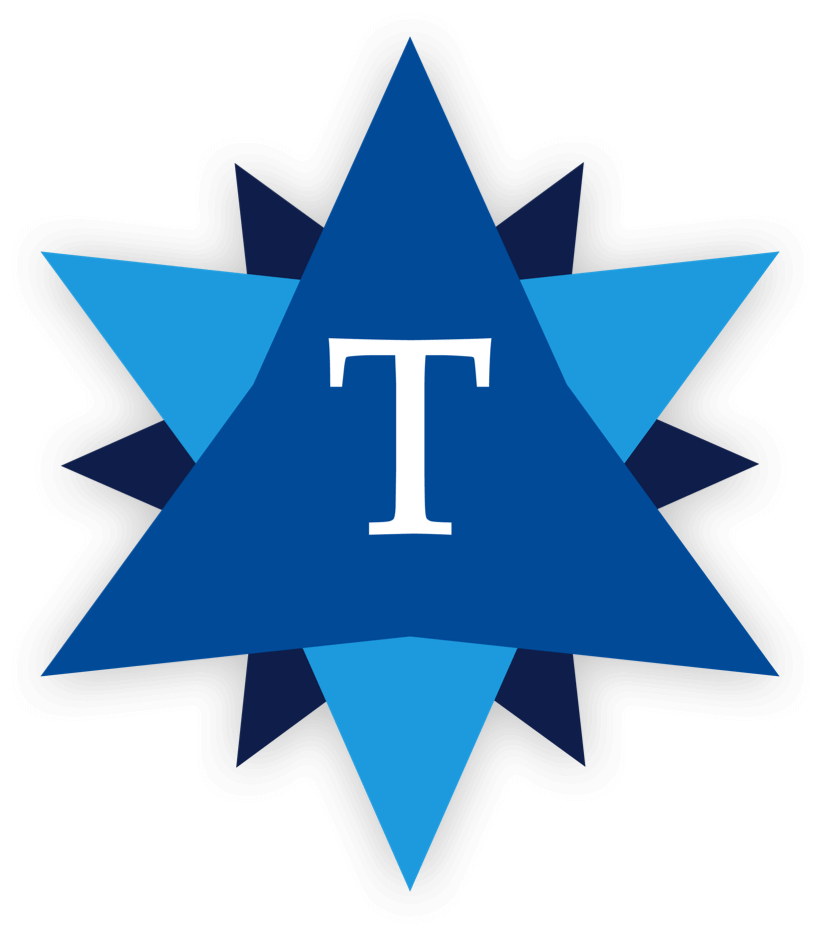Demographic Shifts in Higher Education: The Impact on Teaching and Learning
Former Tambellini Author

In my Learning Management System (LMS) Whitepaper, From Portal to Platform, I describe how trends in technology such as the shifts to more online and mobile learning opportunities have helped shape the LMS of today. Parallel to these technology developments are changing demographics and new expectations for a growing body of nontraditional learners. In this post, I explain these demographic shifts and how technology is playing a key role in engaging learners on (and more specifically off) campus.
Let’s first look at the demographic trends among students. Overall enrollments in US higher education have declined for a sixth straight year, according to a study by the National Student Clearinghouse Research Center. While the overall 1 percent decrease was less than in previous years, certain institution types are feeling the effect more than others. For profit colleges for example have seen a 7.1 percent drop, community colleges have dropped 1.1 percent, and private not for profit four year institutions have seen a 0.4 percent slide. The report goes on to show that the drop in first-time students is accelerating with 63,000 fewer first-time students than during the same reporting period a year ago.
While statistics are showing an overall decreasing trend in enrollments over the past 6 years, growth in exclusively distance education courses grew significantly from 2012 to 2016. The Integrated Postsecondary Education Data System (IPEDS) released their 2016 distance education data and found that enrollment growth in exclusively distance education courses rose by 13.2% total during that four year period while overall enrollment declined by 4% during the same period.
It is clear that the pipeline of traditional students aged 18-22 is flattening or decreasing in higher education. Student profiles have shifted considerably in recent years with high school graduates attending colleges and universities full-time, while on campus, and without the burden of full time work or family obligations becoming the minority. National Center for Education Statistics show that almost 75% of the nearly 20 million students currently enrolled in post-secondary education are categorized as nontraditional. This designation includes those who:
- Delay enrollment
- Are enrolled part time
- Worked 35 or more hours a week
- Have dependents
- Are single parents
- Did not receive a high school diploma
This change in demographics is encouraging institutions to rethink their offerings to include more diverse course content delivery methods. To better serve nontraditional students, colleges and universities are creating a flexible learning ecosystem that the American Council on Education suggests should be distributed across different life stages, places, times, platforms, and experiences. Online platforms can facilitate more flexible learning and can raise the six-year graduation rate by offering additional courses to accelerate completion. ACE also suggests institutions make better use of the student data generated in course work. Through learning analytics and sophisticated adaptive learning tools, in conjunction with the LMS, educators can identify problems and prescribe personalized support and service that can improve a student’s success.
To survive during a time with declining birthrates, a strong economy, and college closures and mergers, higher education is going to need to leverage technology and rethink how they structure courses to reach new audiences and reduce the cost of delivering education. This includes accommodating nontraditional students by offering more non-residential, part-time courses, and new degree options. This is occurring through online learning where universities can scale up their courses without the need for extra physical classrooms or personnel. With regards to LMS, some colleges and universities have created consortia to share resources and decrease costs thus increasing institutional capacity. The University of Arkansas System, for example, leveraged its buying power by contracting with Blackboard to provide all the universities and colleges with access to their products as well as help with training, deployment, and consulting.
Online learning has been a way that universities can expand learning opportunities to these so called “nontraditional” learners. Microlearning approaches that feature short bursts of information known as microcontent that are followed by a quiz, written commentary, or hands on project are gaining traction. They are often delivered via a combination of laptop, mobile device, app, and LMS. It offers a more engaging way to access content while decreasing cognitive load. Examples include micro-podcasts of five minutes or less, flipped classroom micro-lectures that liven up lecture-style courses, and digital flashcards that foster retrieval practice.
Although Massively Open Online Courses did not turn out to be the cure for the iron triangle of cost, access, and quality within higher education, they have accelerated a dialog about online learning that is still sending ripples across colleges and universities. The proliferation of low-residency master’s programs, completely online degrees, and experiments with hybrid and blended learning are all proof that some form of online learning is here to stay. In the 2018 report Grade Increase, an annual report on online learning in U.S. higher education, it was reported that 31.6 percent of all students are taking at least one distance course, with exclusive distance enrollments of 14.9 percent of students and some combination of non-distance and distance courses at 16.7 percent of students.
Even if colleges and universities are not riding the online learning wave, students will increasingly vote with their feet if new technologies are not leveraged appropriately at a higher education institution. In a 2017 EDUCAUSE Center for Analysis and Research (ECAR) Study of Undergraduate Students and Information Technology Report, it was reported that for the fourth year in a row, a student’s preference for blended learning environments that include some online components has increased. This same study also found that students preferred for their instructors to use more technology in the classroom including lecture capture, early-alert systems, and LMS.
The shift from analog to digital course materials in online learning environments has greatly influenced the modern LMS. In addition to recording grades, LMSs have learning analytics that can track student progress and interaction with course content, and provide instructors with deeper insight into how a student is performing better than ever before. Indeed, in online courses with hundreds of students, a well-equipped LMS can not only tell the instructor how the students are performing individually, but also how the student feels about the material as an instructor lectures or as a video is playing.
With students expecting to study, work, and connect with their network at any time, in any place, higher education institutions are delivering new types of content to learners via mobile devices. With powerful computers at arm’s reach loaded with a personalized suite of applications, students are no longer tethered to desktops or laptops to study or complete assignments. As the worlds of work, school, and life continue to collide, mobile access to LMSs and other university services is critical. LMS providers, such as Moodle and Canvas, now offer mobile eLearning as part of their core LMS. These fully device-agnostic LMSs enable access to and completion of coursework anywhere with internet access and is enabling nontraditional learners to study while busy with other life responsibilities.
Adult learners and working professionals benefit greatly from mobile learning approaches. Mobile learning facilitates the portability of learning materials, bursts of activity during gaps in a busy day, ease of access in viewing downloaded videos, and formative assessment capabilities. As I described earlier, with microlearning embedded into an LMS or as a mobile application that connects to an LMS, students on the go can master content in a more digestible manner.
Universities are increasingly pursuing mobile-first strategies and LMS providers will need to ensure they fit well into that ecosystem or risk losing customers. For example, Montgomery County Community College’s mobile-first initiative is being driven by student expectations for seamless mobile learning, and it is impacting all of their software selections, including their student portal. Colorado Technical University’s mobile-first philosophy has resulted in a student-driven mobile initiative that includes a robust mobile application that enables students to participate in live lectures, work on assignments, and submit projects while receiving real-time status updates and one-touch support.
As you can see, higher education is being disrupted by changes in demographics and technology, and in order to survive, colleges and universities must find ways to rethink how they deliver instruction and expand their appeal to nontraditional students. The LMS is a key component in this shift and we will certainly see a continuing evolution of teaching and learning that is more social, mobile, and personalized. Are you working on a technology project aimed at nontraditional students? If so, then send me an email or connect with The Tambellini Group on Twitter through @TambelliniGroup.
Want more? Check out this video on “How ‘personalized learning’ can put college in reach for nontraditional students.”
Categories
Share Article:

Other Posts From this Author:
© Copyright 2025, The Tambellini Group. All Rights Reserved.